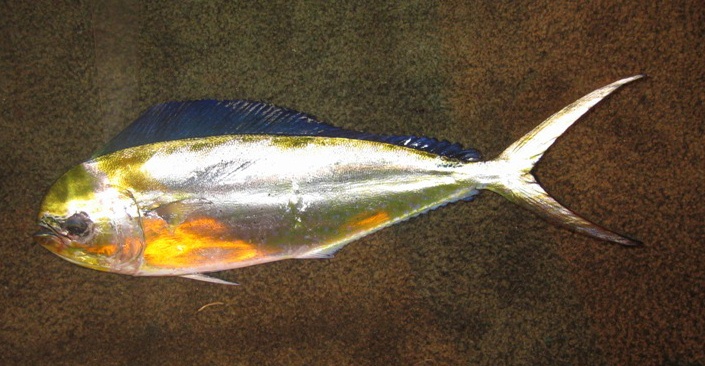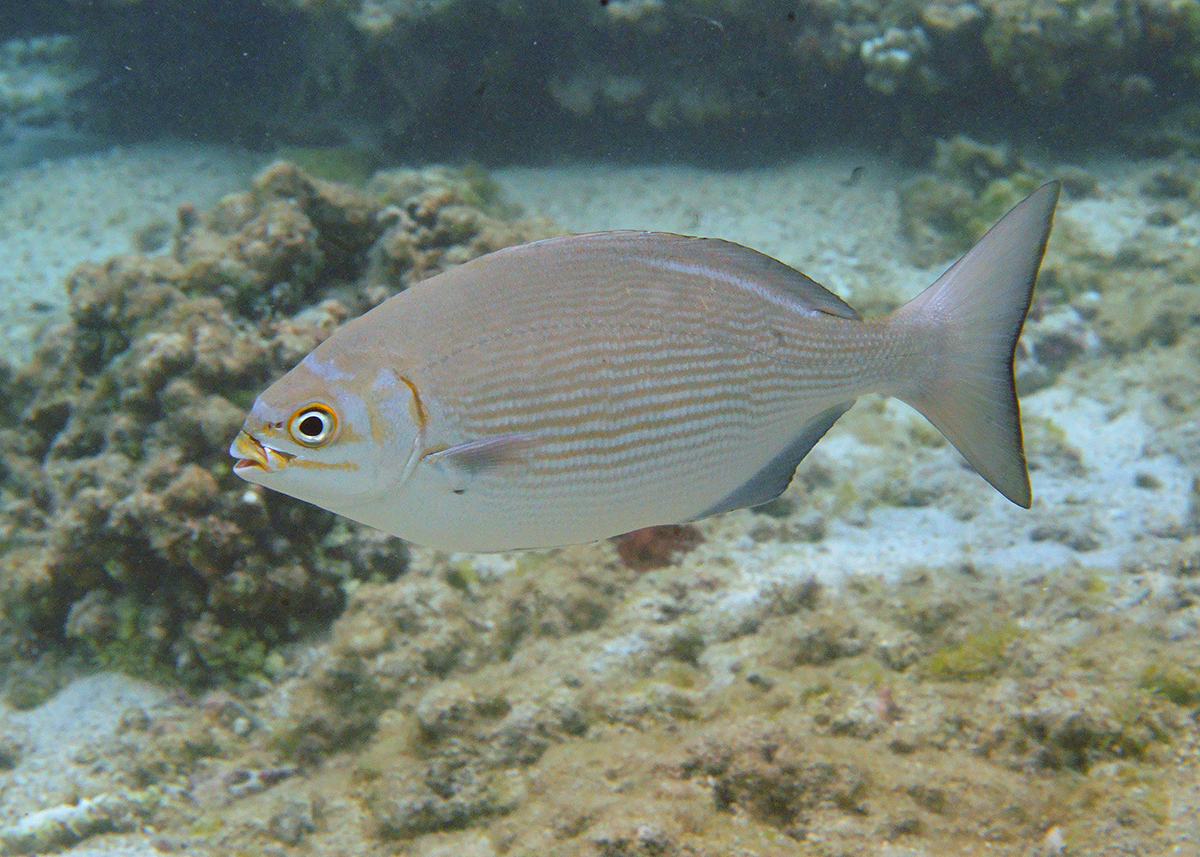|
Rudderfish
Rudderfish may refer to: * Sea chubs, fish of the family Kyphosidae * ''Centrolophus niger'', Black ruff or rudderfish * '' Coryphaena pompilus'' * '' Girella nigricans'', Opaleye or rudderfish * '' Icichthys lockingtoni'', Medusafish or brown rudderfish * '' Kyphosus bigibbus'', Grey sea chub or rudderfish * '' Kyphosus cinerascens'', Blue seachub or rudderfish * ''Kyphosus hawaiiensis'', Insular rudderfish * '' Kyphosus sandwicensis'', Pacific rudderfish * ''Kyphosus sectatrix ''Kyphosus sectatrix'', the Bermuda chub, Pacific drummer, beaked chub, grey drummer, Pacific chub or white chub, is a species of marine ray-finned fish, a sea chub from the family Kyphosidae. This species is found in tropical and subtropical coa ...'', Bermuda chub or rudderfish * '' Kyphosus vaigiensis'', Brassy chub or rudderfish * '' Proteracanthus sarissophorus'', Sea chub or rudderfish * '' Psenopsis anomala'', Japanese butterfish or Pacific rudderfish * '' Seriola zonata'', Banded rudderfish * '' ... [...More Info...] [...Related Items...] OR: [Wikipedia] [Google] [Baidu] |
Centrolophus Niger
The black ruff (''Centrolophus niger'') is a medusafish, the only member of the genus ''Centrolophus''. It is a bathypelagic fish found in all tropical and temperate oceans at depths of . Its length is typically up to , but it may reach . Other common names include rudderfish and blackfish. Description The black ruff has a robust fusiform body shape. Its maximum length is but a more common length is . The dorsal fin has five spines and 37 to 41 soft rays, the anal fin has three spines and 20 to 24 soft rays. The bases of these fins have a fleshy sheath clad with scales that partially conceals the rays. The head is grey and the body colour violet-black, dark brown or purplish, with a paler belly. The fins are darker than the body colour. Sometimes there are indistinct spots or a marbled pattern. Distribution and habitat The black ruff is known from the northwestern Atlantic Ocean, where its range extends from Nova Scotia to Massachusetts, the northeastern Atlantic and the Medi ... [...More Info...] [...Related Items...] OR: [Wikipedia] [Google] [Baidu] |
Kyphosus Bigibbus
''Kyphosus bigibbus'', the brown chub, grey drummer, darkfin drummer, insular rudderfish, grey chub, grey sea chub, southern drummer or topsail drummer is a species of marine ray-finned fish, a sea chub from the family Kyphosidae. It is a herbivorous species which is found in subtropical and tropical seas worldwide. Description ''Kyphosus bigibbus'' has an oval shaped body which is laterally compressed with a small head, a pointed snout and a slightly bulging forehead. The mouth is small and when closed the maxilla are hidden beneath the preorbital bones. The mouth is terminal and is almost oblique. The teeth are fixed and incisiform with their bases positioned horizontally in mouth, they have rounded crowns and have a curved, J shape. There are teeth are found on the centre of the roof of the mouth and on the tongue. The dorsal fin is a similar height along its length The anterior part of the dorsal fin has 11 spines which fold down into a scaled furrow while the posterior part ... [...More Info...] [...Related Items...] OR: [Wikipedia] [Google] [Baidu] |
Sea Chub
The sea chubs, also known as rudderfish and pilot fish and in Hawaiian as ''enenue'' or ''nenue'', are a family, Kyphosidae, of fishes in the order Perciformes native to the Atlantic, Indian and Pacific Oceans usually close to shore in marine waters. Subfamilies and genera The four subfamilies with 12 genera in this family are: * Girellinae Gill, 1862 (nibblers) ** Genus ''Girella'' Gray, 1835 ** Genus ''Graus (genus)'' Philippi, 1887 * Kyphosinae Jordan, 1887 (rudderfishes) ** Genus ''Kyphosus'' Lacepède, 1801 * Microcanthinae Bleeker, 1876 (microanthines) ** Genus '' Atypichthys'' Günther, 1862 ** Genus ''Microcanthus'' Swainson, 1839 ** Genus ''Neatypus'' Waite, 1905 ** Genus ''Tilodon'' Thominot, 1881 * Scorpidinae Günther, 1860 (halfmoons) ** Genus ''Bathystethus'' Gill, 1893 ** Genus ''Labracoglossa'' Peters, 1866 ** Genus ''Medialuna'' Jordan & Fesler, 1893 ** Genus '' Neoscorpis'' J.L.B. Smith, 1931 ** Genus ''Scorpis'' Valenciennes 1832 Alternative classifica ... [...More Info...] [...Related Items...] OR: [Wikipedia] [Google] [Baidu] |
Coryphaena Pompilus
''Coryphaena'' is a genus of marine ray-finned fishes known as the dolphinfishes, and is currently the only known genus in the family Coryphaenidae. The generic name is from Greek κορυφή (''koryphē'', "crown, top") and -αινα (-''aina'', feminine suffix). Species in this genus have compressed heads and single dorsal fins that run the entire length of the fishes' bodies. Dolphinfish are aggressive predatory fish that actively prey upon oceanic forage fishes, while in turn serving as a primary food source for many larger pelagic predators. The dolphinfish can reach up to about , and are some of the fastest-growing species in the ocean. Despite the name, dolphinfishes are unrelated to and look unlike dolphins (which are marine mammals with pointed snouts), and commercially their meat is often labeled with its Hawaiian name mahi-mahi to reduce possible public confusion. The origin of the name "dolphinfish" is recent, to avoid confusion with dolphins, as the traditional nam ... [...More Info...] [...Related Items...] OR: [Wikipedia] [Google] [Baidu] |
Girella Nigricans
''Girella nigricans'', commonly known as the opaleye or rudderfish, is a species of sea chub found in the Eastern Pacific, from California to southern Baja California. A rarely documented isolated population also exists in the Gulf of California, which might be genetically different from the rest of the species. They are commonly found in shallow waters and intertidal zones, usually over rocks and kelp beds, at depths of . They feed primarily on algae, but will occasionally consume sessile invertebrates (including crustaceans, worms, and molluscs). They are considered commercially important game fish. The body of ''Girella nigricans'' is laterally compressed and oval in shape. The snout is blunt and short, with a thick-lipped small mouth located at the front. The species is dentally polymorphic, with some juveniles transitioning from tricuspid teeth to simple teeth. The fins are all relatively short and rounded to blunt in shape. The dorsal fin A dorsal fin is a fin located on ... [...More Info...] [...Related Items...] OR: [Wikipedia] [Google] [Baidu] |
Icichthys Lockingtoni
''Icichthys lockingtoni'', commonly known as the medusafish, is a species of medusafish native to the northern Pacific Ocean, where it ranges from Japan and the Gulf of Alaska to central Baja California in Mexico. It typically occurs at a depth of 0 to 91 m (0 to 299 ft), although it has been reported from as deep as 900 m (2953 ft). Young individuals of the species are abundant offshore, often in association with jellyfish in a symbiotic relationship that is likely commensal. The species reaches 46 cm (18.1 inches) in total length Fish measurement is the measuring of individual fish and various parts of their anatomies. These data are used in many areas of ichthyology, including taxonomy and fisheries biology. Overall length * Standard length (SL) is the length of a fish .... References Fish described in 1880 Centrolophidae Fish of the Pacific Ocean {{fish-stub ... [...More Info...] [...Related Items...] OR: [Wikipedia] [Google] [Baidu] |
Kyphosus Cinerascens
''Kyphosus cinerascens'' is a species of marine ray-finned fish. It is a sea chub from the family Kyphosidae The sea chubs, also known as rudderfish and pilot fish and in Hawaiian as ''enenue'' or ''nenue'', are a family, Kyphosidae, of fishes in the order Perciformes native to the Atlantic, Indian and Pacific Oceans usually close to shore in marine w .... Kyphosus Cinerascens has 11 dorsal fins and 12 anal fins. Kyphosus cinerascens are widely distributed in the Indo-Pacific region. The ''Kyphosus cinerascens'' has a strict diet on phaeophytes, chlorophytes, and rhodophytes, making them herbivores. References cinerascens Fish described in 1775 Taxa named by Peter Forsskål {{Perciformes-stub ... [...More Info...] [...Related Items...] OR: [Wikipedia] [Google] [Baidu] |
Kyphosus Hawaiiensis
The Hawaiian chub (''Kyphosus hawaiiensis''), also known as the insular rudderfish or bicolor chub, is a species of marine ray-finned fish, a sea chub belonging to the family Kyphosidae. This species is found in the Central Pacific Ocean. Taxonomy The Hawaiian chub was first formally described in 2004 by the Japanese marine biologists Keiichi Sakai and Tetsuji Nakabo with the type locality given as Kaupoa on Molokai Island in the Hawaiian Islands. This species was previously thought to be possibly conspecific with the brown chub ('' K. bigibbus'') but that species does not occur in the Hawaiian Islands and the Hawaiian chub and the brown chub differ in their morphologies. Another species, the gray chub ('' Kyphosus pacificus''), which was also formerly considered to be within the brown chub was described at the same time but it is a more widespread species than the Hawaiian chub. Description The Hawaiian chub, is similar to the gray chub but differs in color. It is a similar b ... [...More Info...] [...Related Items...] OR: [Wikipedia] [Google] [Baidu] |
Kyphosus Sandwicensis
''Kyphosus sandwicensis'', commonly called grey chub, Pacific chub or ''nenue'' in Hawaiʻi, is found throughout the central Pacific and Hawaiian Islands, Hawaiʻi. Description ''K. sandwicensis'' is a silver-colored fish. It has an elongated/football shape. It has a beak-shaped mouth and a faint yellow area on its face. Subspecies found throughout Hawaii may have white spots scattered across its body, while others have a darker gray complexion. In some cases, they can be yellow. The ''nenue'' can grow up to thirty inches long and live at depths of three feet to thirty feet. Distribution and habitat ''K. sandwicensis'' can be found throughout the Western Pacific and throughout the Hawaiian Islands. These fish can be seen swimming in schools of as few as ten or hundreds individuals. ''Nenue'' also live in rock structures with pockets for them to evade predators. Human use ''Nenue'' can be caught using line and hook, spear, or by net. It can be prepared as ''Poke (Hawaii ... [...More Info...] [...Related Items...] OR: [Wikipedia] [Google] [Baidu] |


